Digital Classroom

Theodor Engel, Study of a Dunera boy at Tatura, Victoria, 1943, nla.gov.au/nla.obj-152997802

Brendon Kelson, Garrison Gates Memorial (former entrance to POW camp), Binni Creek Road, Cowra, 1996, nla.gov.au/nla.obj-143115748

Loui Seselja, [Section of the field of hearts display in close-up view, United Nations World Refugee Day and Field of Hearts event, Canberra, 20 June 2004], nla.gov.au/nla.obj-130944424

Sean Davey, Marriage Equality Ambassadors holding up 'Yes' signs in front of Parliament House, Canberra, 7 December 2017, nla.gov.au/nla.obj-735351644
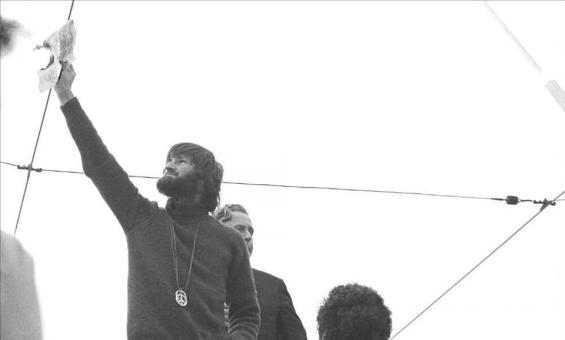
Tim Aickin, A protester burns his draft card, standing in front of Jim Cairns, Vietnam War Moratorium Day, Melbourne, May 1970, nla.gov.au/nla.obj-138060747
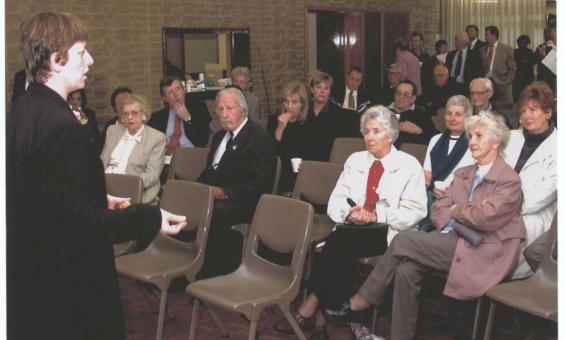
Francis Reiss, [Anna Burke, Federal member for Chisholm, at the Chisholm Aged Care Forum, Mt. Waverly Community Centre, Melbourne, October or November, 2001], nla.gov.au/nla.obj-146654777
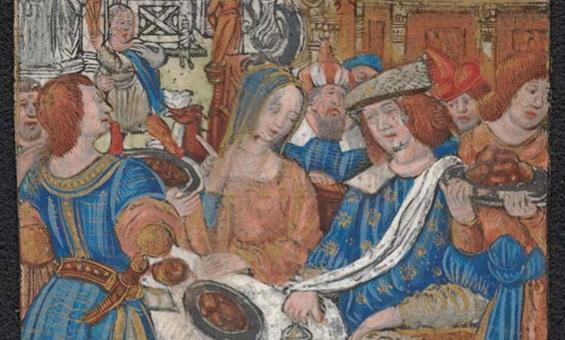
PIC MSR 14/8/2 #PIC/14340/1-51-Early Flemish, German, Italian, Spanish, French woodcuts, nla.gov.au/nla.obj-2902124119
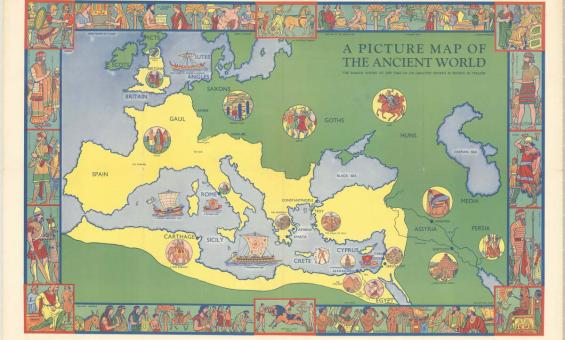
Ellis Luciano Silas and Evans Brothers Ltd, A picture map of the ancient world / specially painted by Ellis Silas, 1939, nla.gov.au/nla.obj-2378561352
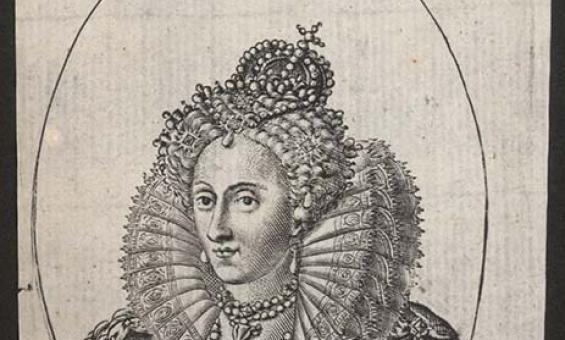
Elizabetha D.G. Regina Ang. Fran. et Hib., 1600, nla.gov.au/nla.obj-136050723
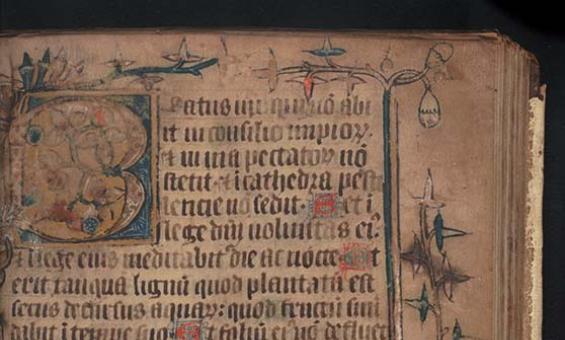
Illuminated Psalter, 1330-1350 [manuscript], Detail from (1330), nla.gov.au/nla.obj-182166477
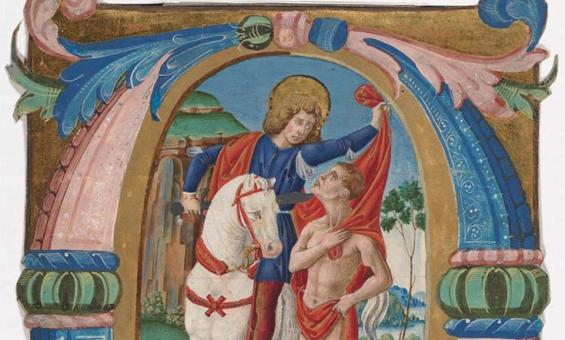
Early Flemish, German, Italian, Spanish, French woodcuts. /Item PIC/14340/41, ([14--?]), nla.gov.au/nla.obj-2902124787
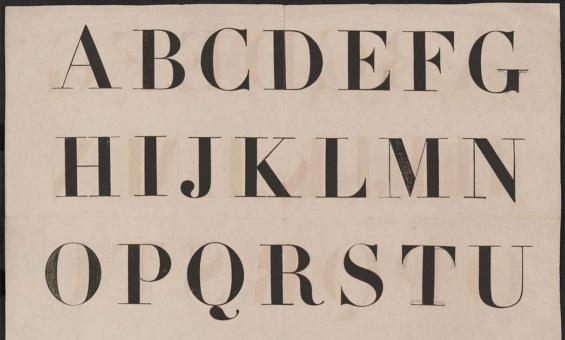
PIC MSR 14/8/2 #PIC/14340/1-51-Early Flemish, German, Italian, Spanish, French woodcuts. /Item PIC/14340/40., nla.gov.au/nla.obj-2902124765